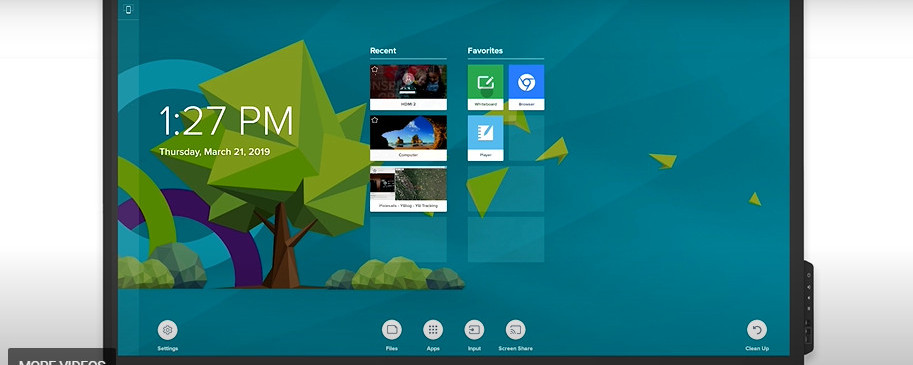Why Do Some Centers have Staff Shortages?
You could be forgiven for thinking that in Vietnam we are still in the throws of lockdown because of the lack of ESL teachers in language centers. Surely they didn’t all pack up and went home during the pandemic?
Some independent education experts speculated that the recent problem affecting English language schools in Vietnam may be caused by the institutions’ delayed response to changes in the preferred teaching strategies of today’s students.
Independent specialists debated that while modern trends in foreign language learning are growing both in Vietnam and around the world, many Vietnamese English language centers appear to have fallen behind because they cannot adapt to the new waves of change.
Higher Costs Hitting Home.
The Apax Leaders affair, ( They were once well respected and have been around for roughly five years), is one of the most recent scandals involving an English language school.
The current situation highlights a number of issues that many other English-speaking locations are facing in the post-pandemic age. That is higher costs, especially office rent, and little increase in tuition fees from the students and parents.
A center’s rent could be hundreds of millions of dong (100 million dong is approximately $4,200 US), and the majority of landlords are unwilling to lower their rate. Also, the global market is searching for native foreign English teachers, but they are hard to come by as many have gone home during the pandemic and found other jobs. Money Conversion by “XE-Money Converter“

Language School Closures.
Overall I would estimate that between 40% to 60 % of language schools have either closed or dramatically reduced their size. Many have stopped renting high-priced offices and moved to cheaper ones. They also used smaller spaces instead of large properties to save money. A lot of this happened while still passing on the higher charges in fees, understandably illegal.
Some companies share their offices with partners. They keep only some parts for teaching and sublet the rest for purposes other than teaching, although this is also not allowed by law.
Additionally, many married immigrants have established “schools” inside their homes that can significantly undercut such businesses with higher prices.
While other schools, like Apax, are allegedly going through “re-opening procedures,” it is unclear whether they will actually reopen. Will it be another case of “take the money and run”?
A Shortage Of Qualified English Teachers.
I have been living and working in Vietnam as an EFL teacher for the last 15 years and I have never seen it this bad before. The pandemic drove people out of the country and the non-slackening of visa or immigration rules has made Vietnam to be a less friendly entry point than some other countries.
Add to that the closures and fly-by-night practices of some schools and you have severely dented the reputation of many language schools in Vietnam.
There are a lot of online communities and Facebook groups that have seen continued publishing of unfulfilled jobs. This has led a lot of the English Centers to lower their standards and accept people with rudimentary English language skills. It is almost like stepping back 15 years to the less controlled environment that was still current then.
It is common to see 20 or 30 jobs for a teacher that can’t be filled. The English teachers who remain get bombarded with calls and offers to teach. At one stage I was getting 10 calls a week for different job offers. however, the offers all tend to be around the same hourly rate, more than likely due to the points raised here.
It’s Time to Relax Administrative procedures.
The need for foreign teachers has grown in the post-pandemic era in line with the rise in student enrollment, although there are significant administrative roadblocks.
Obtaining a work permit for a foreign national is currently quite challenging. This makes it difficult for many language schools to afford to hire enough foreign instructors. And the teachers that are coming through are from countries that were not in favor (For English Teachers) before. Like the Philippines and South Africa.
Regarding this situation, authorities should adopt flexible policies and expedite procedures. In this way, the teacher shortage issue might be quickly resolved.
Money or Education.
Vietnamese language schools frequently place more of an emphasis on business than on education. Quite frequently, I would witness parents barging into the centers and lamenting the abject failure of their child’s external exam. A consequence of the school’s policy of forcing students—whether or not they are prepared—through “the system.”
They 9The schools) simply want to increase the number of centers as soon as possible to achieve expansion. They spend money on marketing and increasing sales to attract as many learners as possible. The parents don’t see the rows of telemarketers calling potential students.
For most Vietnamese, if a school looks good with nice chairs, televisions, and all the latest equipment, it must be good. They don’t necessarily see the poor quality of the teachers behind the scenes.
Additionally, they open additional locations with the majority of their earnings. Therefore, it is uncertain whether they have qualified teachers, the ability to provide services, and the financial management skills to effectively manage for the future.
The Need for Change.
After the epidemic, learning habits shifted globally and in Vietnam, but many Vietnamese English centers do not appear to be adjusting to these changes.
Modern students do not fit the mold of traditional classes held in large, spacious venues.
These conventional approaches are too expensive, and the benefits they provide are not adequate compensation. According to what I have observed, this has caused a significant disparity between the investment and the enrollment of students during the post-pandemic period.
During the coronavirus epidemic, many students discovered the possibility to learn online and stopped attending traditional classes. And it was successful because it cut down on the students’ typically time-constrained commute time.
Final Thoughts.
For students of all ages, online courses have been made available in Vietnam by a number of significant English education providers, including the British Council and others.
Centers can choose how many online and offline units to offer based on the time that classes are offered, but they cannot continue to offer entirely offline courses as they do at the moment. With the combination of teachings, the schools will be able to return to the right side of the ledger book and, ideally, prioritize student instruction over monetary gains.
For English centers, it is now vital to integrate online and offline courses since otherwise, failing schools will keep opening and shutting all the time.
For more editorial content read “Marty Hoares” ” Vietnams ESL Sector, a Series of Disappointments“
Any or all links on this site may be affiliate links, and if you purchase something through those links I will make a small commission on them.
There will be no extra cost to you and at times due to my affiliation, you could actually save money.
You can read our full affiliate disclosure here.












































